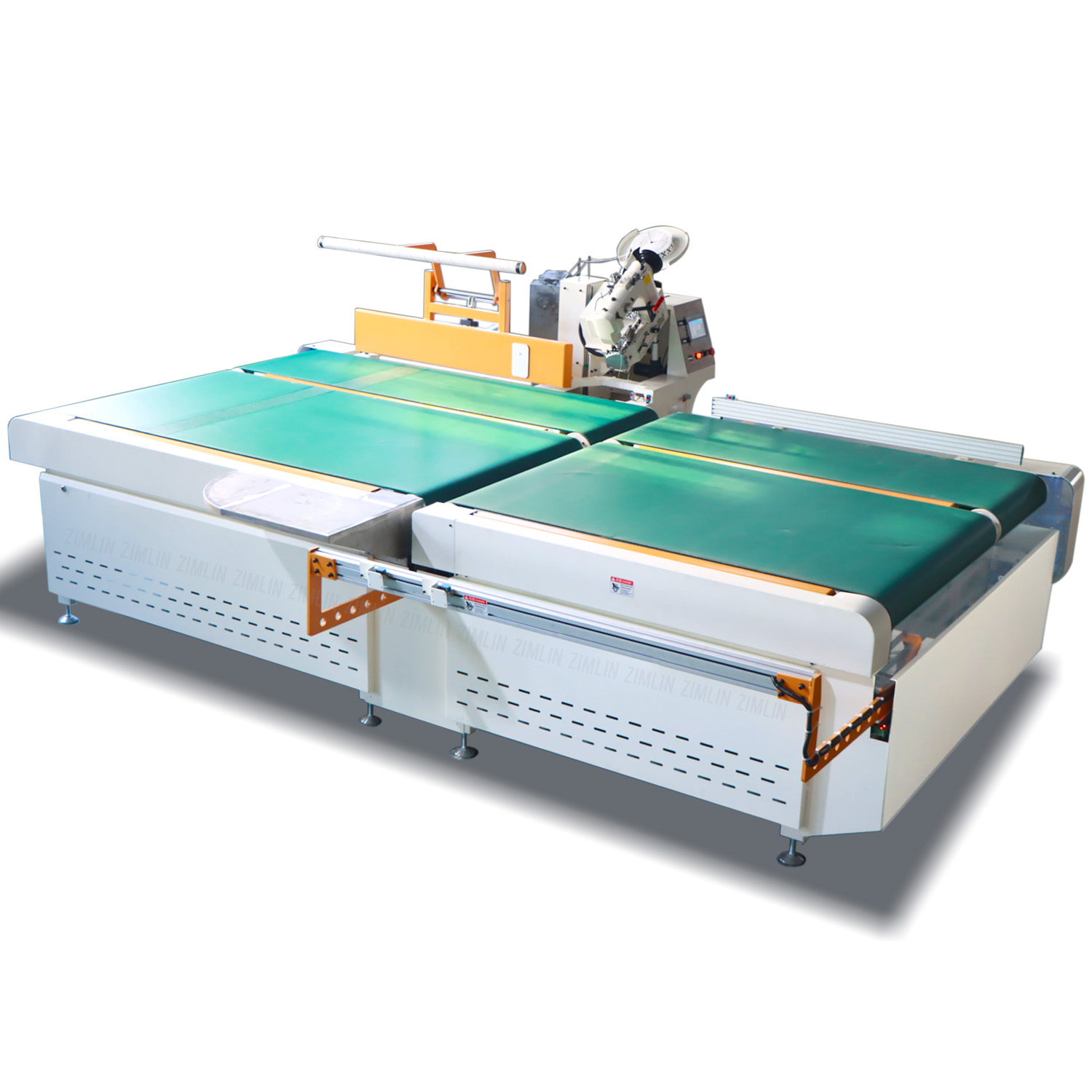Have you ever wondered how roads stay smooth or why certain areas don’t get washed away when it rains a lot? One reason is something called geotextile fabric! This special fabric helps keep our landscapes and construction projects strong and stable. In this article, we’ll learn about what geotextile fabric is, how it works, and why it’s used in so many important places. So, let’s dive in and discover why this fabric is more than just something you’d find in a craft store!
What is Geotextile Fabric?
Geotextile fabric is a type of strong, durable fabric made for construction, landscaping, and environmental projects. Unlike the fabric we wear, geotextile fabric is made from synthetic materials like polyester or polypropylene, which makes it very tough and long-lasting. Its job is to support and protect the ground, stop soil from washing away, and even help plants grow by keeping soil and water where they need to be.
Think of geotextile fabric as a helpful barrier that works like a shield. It keeps soil, water, and other materials in the right place, preventing erosion and adding strength to areas like roads, gardens, and even riverbanks!
Types of Geotextile Fabric
There are a few different kinds of geotextile fabrics, and each type does something unique. Here’s a quick look at the main types:
- Woven Geotextile Fabric
- Made by weaving synthetic threads together, woven geotextile fabric looks a bit like a thick, durable version of a fabric you’d see in a shirt or jeans.
- It’s super strong and doesn’t stretch much, which makes it perfect for projects that need extra support, like road construction or retaining walls.
- Non-Woven Geotextile Fabric
- This type isn’t woven like regular fabric but instead is made by pressing synthetic fibers together. Non-woven geotextile fabric looks more like felt.
- It’s often used for filtering and drainage because water can flow through it easily. Non-woven fabric is helpful in places where you want to let water pass through while keeping soil and other materials in place.
- Knitted Geotextile Fabric
- Knitted geotextiles are made by knitting fibers together, similar to how a sweater is knitted. It’s not as commonly used as the other two types but can be useful in certain situations where flexibility is needed.
Each of these types has special uses depending on the needs of a project. Now, let’s see where you might find geotextile fabric being used in the real world!
Where is Geotextile Fabric Used?
Geotextile fabric is a true workhorse, used in many different places. Here are some of the most common ways we use it:
- Road Construction
- Geotextile fabric is often laid down before building roads. It strengthens the ground beneath the road, helping prevent cracks and potholes from forming.
- It also helps distribute the weight of heavy traffic, making roads last longer.
- Erosion Control
- Erosion happens when wind or water wears away the soil. Geotextile fabric helps stop this by keeping soil in place. It’s used along riverbanks, beaches, and slopes where the soil might wash or blow away.
- By placing geotextile fabric on these areas, we can reduce erosion and protect the landscape.
- Drainage Systems
- When we build things like highways or homes, it’s essential to make sure water doesn’t pool or cause flooding. Non-woven geotextile fabric is often used because it allows water to pass through it while keeping soil out.
- It’s used in drains, around pipes, and under sports fields to help move water safely without letting soil block the drainage.
- Gardening and Landscaping
- Geotextile fabric is popular in gardening too! In gardens, it can be used to keep weeds from growing, improve soil stability, and help with drainage.
- It’s often placed under mulch or rocks in gardens to make maintenance easier while helping plants grow.
- Retaining Walls
- Retaining walls are walls built to hold back soil and prevent landslides. Geotextile fabric is placed behind these walls to help with drainage and to give extra support to the soil.
- This helps keep the walls stable, reducing the risk of collapse.
How Does Geotextile Fabric Work?
Geotextile fabric might seem like a simple material, but it’s very powerful. Here’s how it works:
- Separation: Geotextile fabric acts as a barrier to separate different layers of soil or gravel. For example, in road construction, it separates the soil from the gravel layer. This keeps the foundation stable and prevents the layers from mixing.
- Filtration: In drainage projects, geotextile fabric lets water pass through while blocking soil particles. This way, water can move through a drainage system without clogging it up with soil or debris.
- Reinforcement: Woven geotextile fabric adds strength to the ground, like a support layer. This is especially important for projects like roads or retaining walls, where the fabric helps hold everything together.
- Protection: By protecting the soil from being washed or blown away, geotextile fabric helps keep the land in place and can even protect plants by preventing soil erosion.
Each of these functions is important to keep construction projects strong, gardens healthy, and landscapes stable.
Why is Geotextile Fabric So Important?
Geotextile fabric is essential because it makes construction projects last longer and helps protect the environment. Without geotextile fabric, roads would crack faster, slopes would erode more easily, and plants might struggle to grow in certain areas.
Using geotextile fabric can even help save money in the long run! By making roads, walls, and landscapes stronger, we spend less on repairs and replacements. Plus, it’s an environmentally friendly way to manage water, soil, and plants.
How to Install Geotextile Fabric in Simple Steps
If you’re doing a project at home or just want to know how professionals use geotextile fabric, here’s a simple guide:
- Prepare the Area
- Start by clearing the area where you’ll place the fabric. Remove any rocks, plants, or other debris to create a smooth surface.
- Lay Down the Fabric
- Roll out the geotextile fabric over the area. If you’re covering a large area, you might need to overlap multiple pieces. Make sure to overlap by at least 30 cm (12 inches) to keep it secure.
- Secure the Fabric
- Use pins, stakes, or heavy objects to hold down the edges of the fabric, especially if it’s windy. This keeps it in place as you work.
- Cover the Fabric
- Once the fabric is secure, cover it with soil, gravel, or whatever material you’re using. This keeps the fabric from moving and starts the process of protection or drainage.
- Check Regularly
- Over time, make sure the fabric stays in place. If you’re using it for gardening, you may need to adjust it slightly as plants grow.
Geotextile Fabric in Everyday Life
Geotextile fabric may seem like something only construction workers use, but it actually helps make our everyday lives easier and safer. From roads that don’t crack as quickly to gardens that grow better, geotextile fabric is all around us. Next time you’re near a construction site or see a garden with a weed barrier, you might just be looking at this amazing fabric at work!
Conclusion: Why We Love Geotextile Fabric
Geotextile fabric might seem like a simple material, but it does so much to protect our land, improve our construction projects, and keep our environment safe. Whether it’s in a big city project or in a backyard garden, geotextile fabric is a powerful tool that makes our lives better and easier.
From roads to gardens, this strong fabric will keep things in place, protect against erosion, and allow us to build safely and sustainably. So, the next time you see a smooth road or a beautiful garden bed, you’ll know one of the secrets that makes it possible: geotextile fabric!


